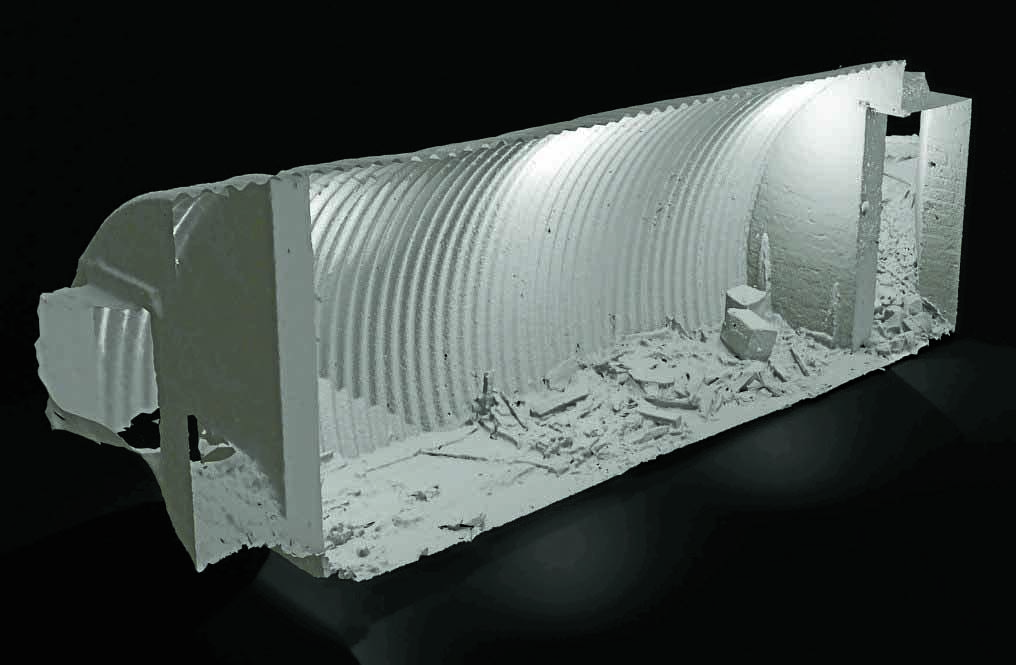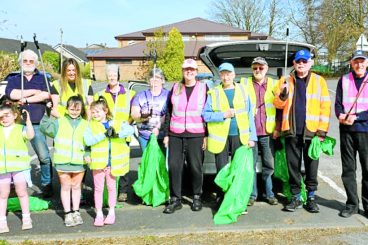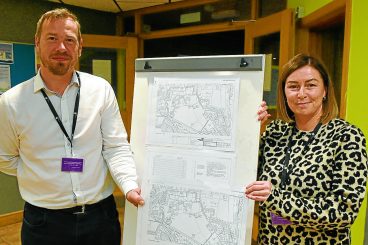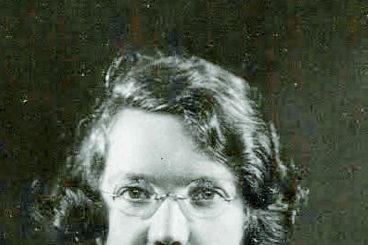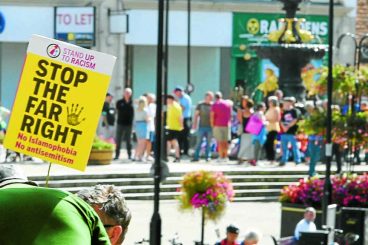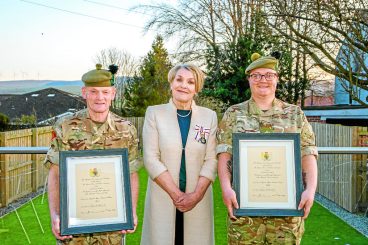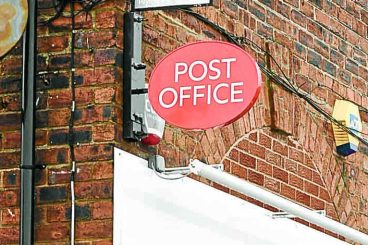The underground bunker was found during a Forestry and Land Scotland (FLS) felling operation in Craigielands Wood.
It is thought that the small bunker was used as an operational base for an Auxiliary Unit, a secret branch of the Home Guard often known as Churchill’s secret army.
These specially trained teams were often made up of local estate workers who knew the land like the back of their hand.
FLS archaeologist Matt Ritchie this week said: “This discovery gives us an insight into one of the most secretive units that were operating during WWII.
“It’s quite rare to find these bunkers as their locations were always kept secret – most were buried or lost.
“From record we know that around seven men used this bunker and at the time were armed with revolvers, Sten guns, submachine guns, a sniper’s rifle and explosives.”
Auxiliary Units had the nickname “scallywags, and were given orders to fight to the death.
When the units were stood down many members joined the SAS or other special forces for D Day and served with distinction.
This particular bunker was found by FLS survey technician Kit Rodger, who said: “The bunker was missing from our records but as a child I used to play in these woods and visit the bunker so I knew it was there somewhere.
“It was 40 years ago so I only had vague memories of the location, the vicinity has changed a lot and was overgrown with bracken.
“However I stumbled across a shallow trench and this led to the bunker door.”
The recently discovered bunker was built to a standard design and was accessed via a hatch at the end of a narrow passage.
A second escape hatch was reached at the end of a ladder leading from the other side.
The bunker space was formed by an arch of riveted corrugated iron sheets over a cement floor.
It would have contained bunk beds, a table and cooking stove and other equipment.
None of this material has survived, although broken timbers found on the floor may be the remains of the original bed frames.
Unfortunately due to the rarity and importance of this site and for health and safety reasons, it is not open to the public and the precise location will remain a secret.
FLS believe the subterranean location of the bunker may be a tempting spot for roosting bats, so bat boxes have been installed.





